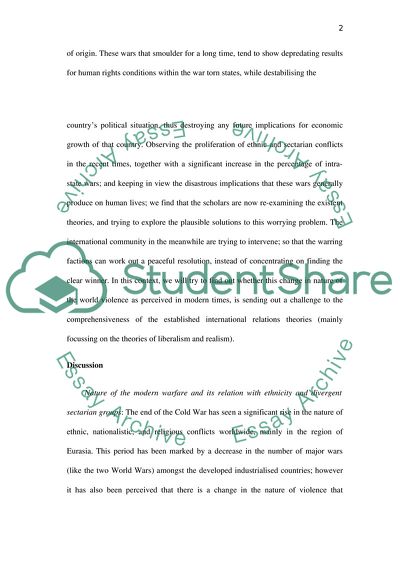Cite this document
(Does the Proliferation of Ethnic And Sectarian Conflict, Together With Essay, n.d.)
Does the Proliferation of Ethnic And Sectarian Conflict, Together With Essay. Retrieved from https://studentshare.org/sociology/1745425-does-the-proliferation-of-ethnic-and-sectarian-conflict-together-with-the-rise-on-intra-state-war-pose-a-challenge-to-the-comprehensiveness-of-international-relations-theories-discuss-with-reference-to-both-realism-and-liberalism
Does the Proliferation of Ethnic And Sectarian Conflict, Together With Essay. Retrieved from https://studentshare.org/sociology/1745425-does-the-proliferation-of-ethnic-and-sectarian-conflict-together-with-the-rise-on-intra-state-war-pose-a-challenge-to-the-comprehensiveness-of-international-relations-theories-discuss-with-reference-to-both-realism-and-liberalism
(Does the Proliferation of Ethnic And Sectarian Conflict, Together With Essay)
Does the Proliferation of Ethnic And Sectarian Conflict, Together With Essay. https://studentshare.org/sociology/1745425-does-the-proliferation-of-ethnic-and-sectarian-conflict-together-with-the-rise-on-intra-state-war-pose-a-challenge-to-the-comprehensiveness-of-international-relations-theories-discuss-with-reference-to-both-realism-and-liberalism.
Does the Proliferation of Ethnic And Sectarian Conflict, Together With Essay. https://studentshare.org/sociology/1745425-does-the-proliferation-of-ethnic-and-sectarian-conflict-together-with-the-rise-on-intra-state-war-pose-a-challenge-to-the-comprehensiveness-of-international-relations-theories-discuss-with-reference-to-both-realism-and-liberalism.
“Does the Proliferation of Ethnic And Sectarian Conflict, Together With Essay”, n.d. https://studentshare.org/sociology/1745425-does-the-proliferation-of-ethnic-and-sectarian-conflict-together-with-the-rise-on-intra-state-war-pose-a-challenge-to-the-comprehensiveness-of-international-relations-theories-discuss-with-reference-to-both-realism-and-liberalism.


